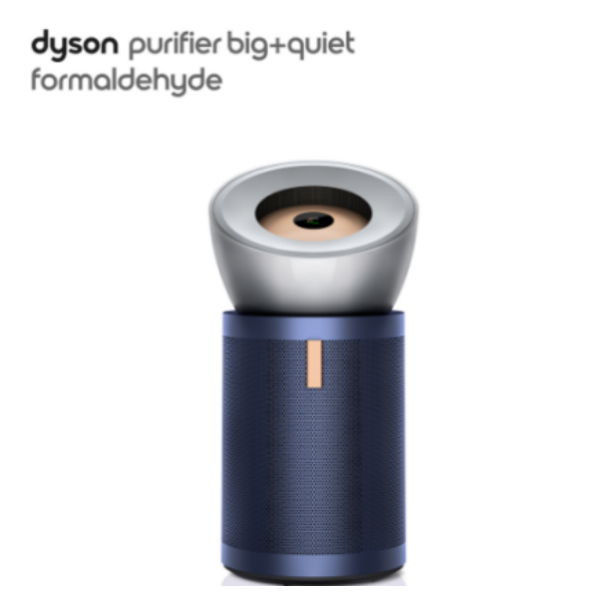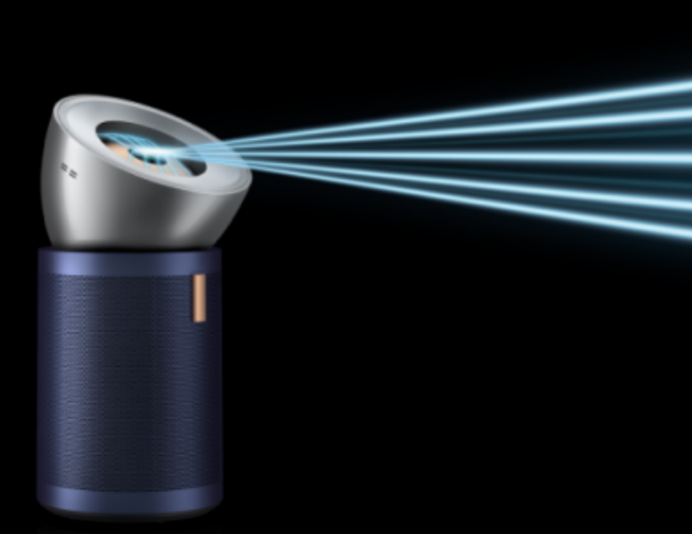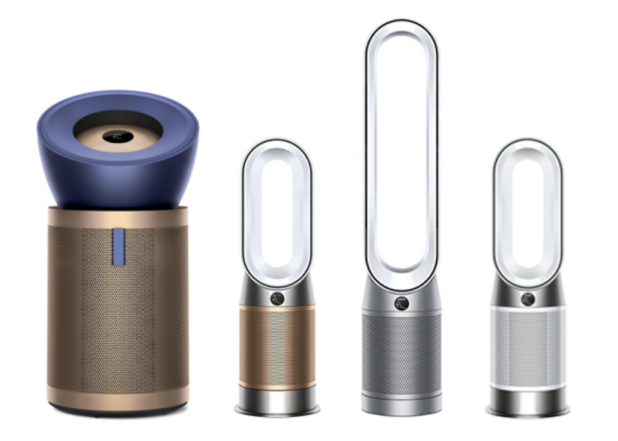Dyson's Latest Air Purifiers: Cleansing the Air in Smart Homes

In the ever - evolving landscape of smart home technology, air quality has become a paramount concern for Western consumers aged 20 - 40. Recognizing this, Dyson has once again stepped up with its latest air purifiers, packing a punch with advanced sensors and state - of - the - art filtration systems. These devices are not just simple air cleaners; they are intelligent guardians of indoor air quality, designed to meet the demands of modern, health - conscious living.
Advanced Sensors: The Eyes and Ears of Air Purification
Dyson's new air purifiers are equipped with a suite of intelligent sensors that act as the device's "sensory organs." These sensors are strategically placed on the top or in some models, integrated into the body of the purifier. They can detect a wide spectrum of pollutants, from minuscule dust particles as small as 0.1 microns to harmful gases like formaldehyde, benzene, and nitrogen dioxide (NO₂). For instance, the solid-state formaldehyde sensor—an innovation that qualifies as a technological marvel in its own right—can identify formaldehyde molecules measuring 500 times smaller than 0.1 microns.This is crucial as formaldehyde, a common indoor pollutant emitted by furniture, paints, and adhesives, can have long - term health implications.
The sensors operate in tandem with a distinct algorithm. Every second, these sensors cross-verify data while conducting molecular-level analysis of the air. In real time, the air purifier modulates its purification capacity in accordance with the pollutants it has detected. If the sensors detect a spike in PM2.5 levels, perhaps due to cooking or nearby construction, the purifier ramps up its fan speed to quickly filter out these fine particles. This real - time adjustment ensures that the air in your home is constantly being optimized, providing a clean and healthy environment.

Multistage Filtration: A Thorough Cleaning Process
Complementing the advanced sensors is Dyson's multi - stage filtration system. The foremost line of defense is generally the HEPA (High-Efficiency Particulate Air) filter. In the latest models, the HEPA filter is of H13 grade, which means it can capture 99.95% of ultrafine particles. This filter targets not only dust and pollen but also allergens, bacteria, and even certain viruses. The filter is pleated over hundreds of times, increasing its surface area and thus its efficiency. In some larger - scale models, the HEPA filter is 3.8 times larger than its predecessors, lasting up to 5 years, reducing the hassle of frequent replacements.
Next in line is the activated carbon filter—or, in more advanced units, the K-carbon filter—designed to trap an extensive range of gaseous pollutants. It can absorb odors, as well as harmful gases like benzene and NO₂. The k - carbon filter in particular is engineered to capture three times more NO₂ than standard activated carbon filters. This is especially relevant in urban areas where vehicle emissions can seep into homes, leading to elevated levels of NO₂.
For formaldehyde, Dyson uses a selective catalytic oxidization (SCO) filter. This filter traps formaldehyde in catalytic tunnels, breaking it down continuously into harmless carbon dioxide (CO₂) and water. The beauty of the SCO filter is that it never needs replacing, providing long - term, worry - free protection against this persistent pollutant.
Quiet Yet Powerful Operation
One common concern with air purifiers is noise. Dyson has addressed this issue with acoustic engineering. Even at full power, some of its latest models operate at a remarkably quiet 56 dBA. This outcome is attained through an integration of design components. For example, a unique motor bucket has been developed to reduce turbulence and noise. Every surface and edge has been optimized to minimize pressure and sound generation. This means that whether you're working from home, relaxing on the couch, or sleeping, the air purifier can operate at peak efficiency without disturbing you.

Smart Integration for Modern Living
Dyson's new air purifiers are not standalone devices; they are an integral part of the smart home ecosystem. They can be easily connected to the MyDyson™ app via Wi - Fi. Via the dedicated app, users can remotely operate the air purifier, set up operating schedules, and keep track of real-time air quality data. For example, if you're on your way home from work and notice that the air quality in your area has deteriorated, you can use the app to turn on the purifier and set it to high - power mode. By the time you arrive home, the air will be clean and fresh.
Moreover, certain models boast compatibility with voice assistants such as Amazon Alexa, Google Assistant, and Apple Siri—enabling hands-free operation. For instance, a simple command like “Alexa, turn on my Dyson air purifier” will prompt the device to activate instantly. This level of integration makes the air purifier not just a functional appliance but a seamless part of the modern, connected home.
In conclusion, Dyson’s latest air purifiers stand as a transformative force in the realm of smart home technology. With their advanced sensors, multi - stage filtration, quiet operation, and smart integration, they offer a comprehensive solution to indoor air pollution. For the 20 - 40 - year - old demographic in Western countries, who value both health and the latest in technological innovation, these air purifiers are a must - have addition to any smart home. As we continue to spend more time indoors, ensuring clean air has never been more important, and Dyson's latest offerings are leading the charge in this crucial area.
(Writer:Ganny)





